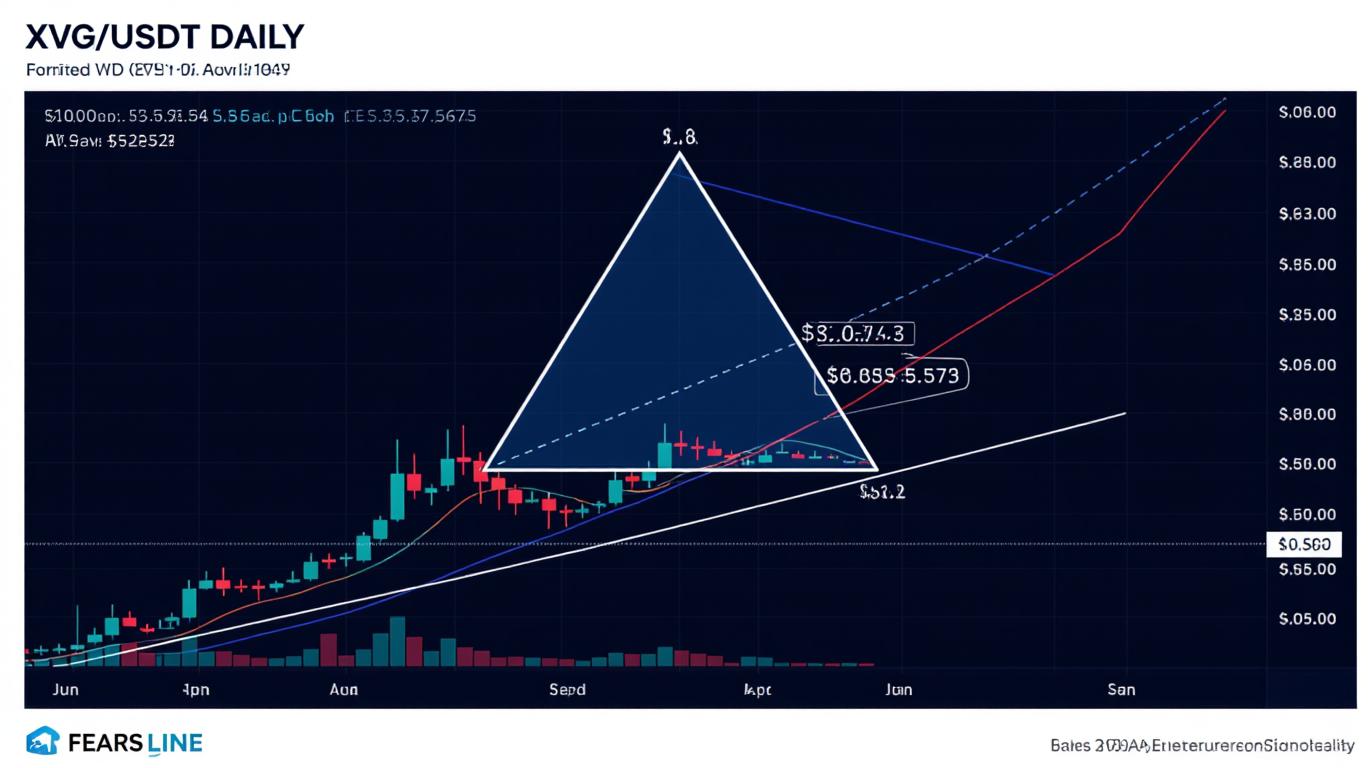U.S. ADP Data Shows June Job Decline Amid Hiring Hesitancy
- ADP reports largest job loss since March 2023.
- Hiring hesitancy is impacting the U.S. job market.
- Pay growth remains stable despite job losses.
The U.S. job market saw a decline as ADP reported a 33,000 job loss in June , the largest decrease since March. Dr. Nela Richardson of ADP attributes this to hiring hesitancy despite steady wage growth.
Experts note that falling job numbers signal potential economic challenges impacting financial markets. Market watchers anticipate discussions on labor softness influencing Federal Reserve decisions.
The job loss, reported by ADP, showed an unexpected decrease from predictions of a 95,000 job gain. Industry sectors such as professional and business services, education, and health services experienced significant declines. Conversely, manufacturing and leisure sectors saw modest gains.
Dr. Nela Richardson, Chief Economist at ADP, emphasized that a reluctance to hire is leading to job losses. She stated:
“Though layoffs continue to be rare, a hesitancy to hire and a reluctance to replace departing workers led to job losses last month. Still, the slowdown in hiring has yet to disrupt pay growth.”
The Midwest and West regions were notably affected, with job decreases reported.
This decline reflects a broader economic unease and may prompt further Federal Reserve policy discussions regarding labor market conditions. The concern stems from recessionary warnings influencing the financial and cryptocurrency markets. Historically, labor market shocks affect risk assets, including cryptocurrencies, leading to potential price volatility.
While the job data doesn’t directly impact crypto markets, U.S. macroeconomic trends impact investor sentiment. Cryptocurrencies like BTC and ETH could face short-term volatility with potential for market shifts amid broader economic uncertainty.
Disclaimer: The content of this article solely reflects the author's opinion and does not represent the platform in any capacity. This article is not intended to serve as a reference for making investment decisions.
You may also like
Ethereum's $5,000 Breakout and the Rise of Layer 2 Meme Coins: A Perfect Storm for 2025
- Ethereum's 2025 institutional adoption hits $4B ETF inflows, surpassing Bitcoin outflows. - Layer Brett (LBRETT) outperforms legacy tokens with 55,000% APY staking and $0.0001 fees on Ethereum L2. - Regulatory clarity and $67B stablecoin dominance position Ethereum as 2025's institutional backbone. - Strategic partnerships with Kakao Chat and Coinbase DEX drive LBRETT's retail adoption and token value.

Verge (XVG) Price Action: A Technical Deep Dive into Breakout Momentum and Long-Term Bullish Potential
- Verge (XVG) nears critical $0.00743 triangle apex, with potential 107% upside to $0.015376 if it breaks above $0.0080 resistance. - Technical indicators show conflicting signals: bearish RSI/MACD vs. 200-day SMA support and multi-chain expansion boosting utility. - Network upgrades (Verge Core v7.13.0) and speculative $0.035/2030 price targets highlight long-term bullish potential despite low liquidity risks. - Traders warned of 51% attack risks and 41% July volume drop, emphasizing strict risk managemen

Navigating the Post-Rally Correction: Is This a Buying Opportunity or a Deeper Downturn in Crypto?
- Q3 2025 crypto market saw 7% Bitcoin drop and $291M Ethereum liquidations, signaling leveraged volatility risks. - Institutional Bitcoin hoarding ($64.4B) and Ethereum ETF inflows ($2.85B) countered retail leverage-driven instability. - Fed dovish signals and $115K BTC support levels suggest market recalibration, not bear market, with strategic entry opportunities. - On-chain metrics (MVRV Z-Score 1.43) and whale accumulation ($58.3M BTC) indicate long-term holder confidence in price floors.

Mega Matrix's $16M Stablecoin Strategy: Navigating Post-Volcker Opportunities in a Digital Treasury Era
- Mega Matrix launches $16M stablecoin strategy to bypass Volcker Rule restrictions via DeFi yield generation and cross-border payments. - Stablecoins enable institutional clients to optimize liquidity while complying with U.S. GENIUS Act and EU MiCA regulatory frameworks. - The hybrid model combines capital preservation (2.37 current ratio) with staking yields, differentiating from Tether/USDC through public market access. - Strategic alignment with post-Volcker macro trends positions stablecoins as insti
